“Through the practice analysis we wanted to clearly define the current daily practice of Paramedics and AEMTs so that it can inform examinations on a national level,” said Dr. Ashish R. Panchal, Research and Fellowship Director for the National Registry of EMTs and an EMS Physician at The Ohio State University. “This is why we used the largest available datasets, like NEMSIS, leveraging its over 25 million EMS activations across the United States. Globally, as we understand the changing dynamics of care, we can better focus on improving prehospital care.”
The 2019 EMS Practice Analysis will help inform many aspects of the EMS system, including the National EMS Educational Standards and National Registry certification exams.
Key Facts in the 2019 EMS Practice Analysis
- More than 3,500 EMS professionals were involved in the 2019 Practice Analysis, including staff, panel members and survey respondents. Data from 10,000 EMS agencies was included in the Practice Analysis.
- The most common adult impressions (requests for help) were traumatic injury, abdominal pain/problems, respiratory distress/arrest, behavioral/psychiatric disorder, and syncope/fainting
- The most common pediatric impressions were traumatic injury, behavioral/psychiatric disorder, respiratory distress/arrest, seizure, and abdominal pain/problems.
- The highest risk of harm for adults were identified as airway obstruction, respiratory distress/arrest, cardiac arrest, hypovolemia/shock, allergic reaction, or stroke/CVA
- In comparison, pediatric patients presenting with airway obstruction, respiratory distress/arrest, cardiac arrest, hypovolemia/shock, allergic reaction, stroke/CVA, and inhalation injury had the highest potential for harm.
- A total of 532 tasks (a unique activity performed by an EMS professional) and 2,290 associated knowledge, skills and abilities (KSAs) required to accomplish the task were defined for the Paramedic level.
- A total of 405 tasks and 1,636 KSAs were defined for the AEMT level.
Where to find the 2019 EMS Practice Analysis
The 2019 EMS Practice Analysis is available here, along with the abstract: https://www.tandfonline.com/doi/full/10.1080/10903127.2020.1856985
Further inquiries about the EMS Practice Analysis should be directed to the National Registry’s Research team at research@nremt.org.

